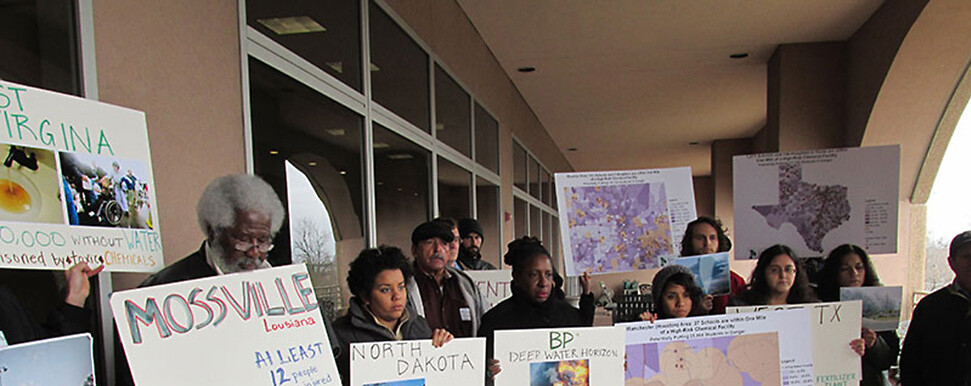
Media
November 9, 2023Over 270 hazardous chemical incidents have occurred in the United States this year alone, highlighting need for stronger chemical safety regulations
Over 825 hazardous chemical incidents – including fires, explosions and harmful chemical releases – have occurred since the beginning of 2021, and over 270 incidents have occurred this year alone, according to data published today by the Coalition to Prevent Chemical Disasters. Data included in the coalition’s online Chemical Incident Tracker is sourced from news reports.
“Preventable chemical incidents are happening far too often across the country,” said Maya Nye, Federal Policy Director of Coming Clean, a member of the Coalition to Prevent Chemical Disasters. “Communities shouldn’t have to leave their homes, shelter in place, or worry for the safety of their air and water because chemical plants can’t contain their toxic chemicals. Hazardous facilities must be required to do more to protect workers and communities.”
Over 100 communities have been advised to shelter in place, and over 190 communities have been advised or required to evacuate due to a chemical incident since the beginning of 2021, according to an analysis of incident data released today by Coming Clean and the Environmental Justice Health Alliance for Chemical Policy Reform. At least 42 people lost their lives in the immediate aftermath of a chemical incident in this period, most of whom were employed at chemical plants or other facilities that use or store hazardous chemicals. At least 150 people were injured, hospitalized or experienced acute symptoms in a chemical incident since the beginning of 2021.
“The majority of incidents that have occurred in this period – such as fires, explosions and chemical releases – can be traced to the toxic lifecycle of fossil fuels,” concludes the analysis. Hazardous chemical incidents are occurring with the most frequency in the oil and gas, and plastics and petrochemical manufacturing sectors. A majority of incidents included in the Chemical Incident Tracker occurred at oil and gas extraction sites, oil and gas pipelines, refineries, and other chemical plants that manufacture plastics, pesticides and petrochemical products from fossil fuel feedstocks.
Since the beginning of 2021, at least 179 hazardous chemical incidents have occurred at facilities that are regulated by the U.S. Environmental Protection Agency’s Risk Management Program (RMP).
Coming Clean, the Environmental Justice Health Alliance for Chemical Policy Reform, and other members of the Coalition to Prevent Chemical Disasters have urged the EPA to finalize stronger regulations for facilities covered by the RMP rule before the end of this year. Specifically, in written and oral comments given in 2022, the Coming Clean and EJHA networks called on EPA to require all RMP facilities to implement safer chemicals and processes, strengthen worker participation and protection, assess and prepare for climate hazards, and maintain real-time fenceline air monitoring systems, and for EPA to expand the list of chemicals and facilities covered by the RMP program, among other recommendations.
"Safer chemicals and processes exist now, and many more could be developed if EPA had the moral and political courage to require and implement them,” said Michele Roberts, National Coordinator of EJHA. "It is inexcusable that hazardous facilities are permitted to harm communities of color and low-income communities so disproportionately."
Available for Comment
Deidre Nelms; Communications Director; Coming Clean; (802) 251-0203 ext. 711, dnelms@comingcleaninc.org.
